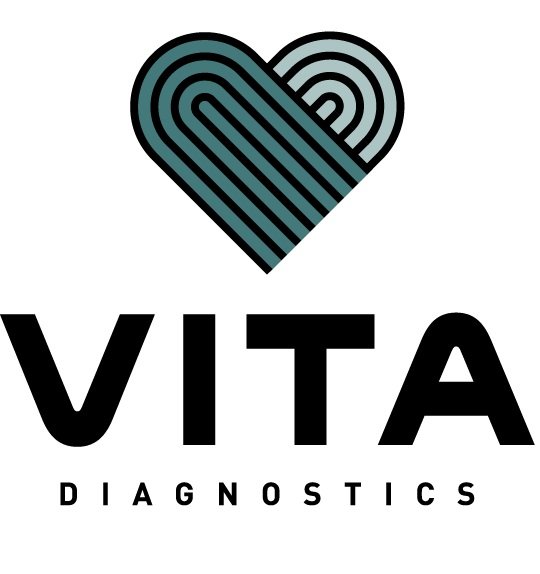OVERVIEW:
An echocardiogram uses sound waves also known as an ultrasound to create a picture of your heart. The recorded waves show the shape, texture and movement of your heart valves, as well as the size of your heart chambers and how well they are working. An echocardiogram may be done to assess a variety of heart conditions, such as heart murmurs, heart valve problems, damage to heart muscle in those who have had a heart attack, and infections in the heart. It may also be recommended if you are experiencing abnormal heart sounds, shortness of breath, palpitations, angina (chest pain) or have a history of stroke.
How should I prepare for my echo?
- Please arrive 10 minutes early for your appointment with your provincial health care card and ID such as your driver’s licence or social insurance card.
- Do not wear creams or lotions on your chest.
- You may eat and drink normally.
Why do I need an ECHO?
An echo may be done to assess a variety of heart conditions, such as:
- heart murmurs
- damage to heart muscle in those who have had a heart attack
- infections in the heart
- heart valve conditions (such as a leaky heart valve)
It may also be recommended if you are experiencing:
- abnormal heart sounds
- shortness of breath
- palpitations
- angina (chest pain) or if you have a history of stroke
- Echos can also help your doctor evaluate the effectiveness of medical or surgical treatments.
What happens during my ECHO?
- The exam takes between 35-40 minutes to complete. It is painless and safe.
- You lie on a padded exam table (usually on your left side) and a sonographer will apply warm gel to your chest.
- The sonographer uses a special wand called a transducer across your chest to take images of your heart. You may occasionally hear noises which is the “Doppler” effect - this helps measure blood flow.
- You may be asked to breathe slowly or to hold your breath while the sonographer obtains the necessary images.
- A cardiologist at Vita Diagnostics will review the images obtained during your echo and your results will be communicated to your referring doctor.

